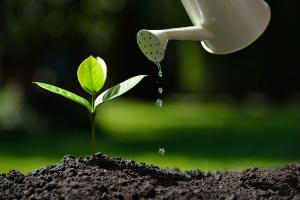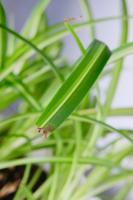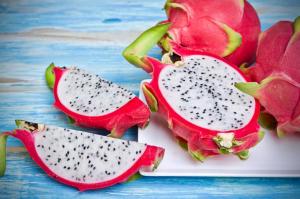Why have my tomato plant leaves curled up
Tomatoes are a popular plant in vegetable gardens, but sometimes leaves on the tomato plants can curl up, causing gardeners to worry. Here are some reasons why tomato plant leaves curl up and how to fix these problems.
Water stress
One of the most common reasons for curled-up tomato plant leaves is water stress. When the soil is too dry or too wet, the leaves will start to curl up. To prevent this, make sure your tomato plants get an even amount of water. You can water them deeply once a week or more often if needed. If you notice curled leaves, check the soil. If it is too dry, give the plant a good soak. If it is consistently wet, improve the drainage in the area around the plant.
Heat stress
Heat stress is another common cause of curled-up tomato leaves. When the temperature gets too high, the leaves will start to curl up and become brittle. To prevent this, plant your tomato plants in a spot that gets plenty of shade during the hottest part of the day. You can also use a light-colored mulch to reflect sunlight and keep the soil cooler. In extreme heat, you can mist the leaves with water to cool them down.
Viral infection
If you notice yellowing or mottling on your tomato plant leaves in addition to curling, it may be a sign of a viral infection. Unfortunately, there is no cure for viral infections, and the infected plant should be removed from the garden to prevent the spread of the disease to other plants. Be sure to clean your tools and wash your hands before touching other plants to prevent the spread of the virus.
Pest infestations
Pests such as aphids, spider mites, and whiteflies can also cause curling of tomato plant leaves. These pests suck the sap from the leaves, causing them to curl up and become distorted. You can treat pest infestations with insecticidal soap or neem oil. Keep an eye out for any pests and treat them early to prevent damage to your tomato plants.
Nutrient deficiencies and toxicities
Tomato plants need a balanced mix of nutrients to grow properly. If the soil is lacking in certain nutrients, or if there is too much of a certain nutrient, the leaves may curl up. For example, a lack of magnesium can cause yellowing and curling of the leaves. Too much nitrogen, on the other hand, can cause the leaves to curl up and become brittle. To prevent nutrient issues, make sure your soil has the right balance of nutrients for tomato plants. You can also use fertilizers specifically designed for tomato plants.
Conclusion
Curling of tomato plant leaves can be caused by a variety of factors. By identifying the cause of the curling and taking steps to address it, you can ensure your tomato plants stay healthy and produce a bountiful harvest.

 how many times do yo...
how many times do yo... how many planted tre...
how many planted tre... how many pine trees ...
how many pine trees ... how many pecan trees...
how many pecan trees... how many plants comp...
how many plants comp... how many plants can ...
how many plants can ... how many plants and ...
how many plants and ... how many pepper plan...
how many pepper plan...































